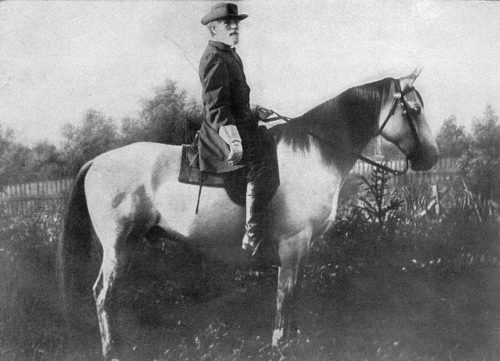April 10 in military history
[This Day in Military History is published daily at OpsLens.com]
1778: The sloop-of-war USS Ranger sets sail from the port of Brest, France for action along the British and Irish coasts. Under command of her legendary captain John Paul Jones, the crew of Ranger raid ports and capture several prizes before returning to France.
1865: A day after surrendering his Army of Northern Virginia, Confederate Gen. Robert E. Lee issues General Order No. 9 – his farewell address to his troops.

Lee writes, “You will take with you the satisfaction that proceeds from the consciousness of duty faithfully performed, and I earnestly pray that a merciful God will extend to you his blessing and protection. With an unceasing admiration of your constancy and devotion to your Country, and a grateful remembrance of your kind and generous consideration for myself, I bid you an affectionate farewell.”
As the Civil War comes to a close, Lee discourages his fellow officers from starting a guerilla war and becomes a symbol for reconciliation between northern and southern states. Four years after the two generals meet at Appomattox Courthouse, President Grant invites Lee to visit him at the White House.
1941: When Germany invades Denmark, Greenland – a Danish colony – asks for U.S. military protection. Over the course of World War II, the United States will operate numerous weather, navigation, air fields, and ports on the island.
1963: The submarine USS Thresher (SSN-593) sinks while performing deep-diving tests in the northern Atlantic, taking 129 sailors and shipyard personnel with her. Thresher is the first nuclear sub lost at sea and the event marks the largest loss of life in submarine history.
1972: B-52 bombers attack North Vietnamese SAM-2 sites near Vinh, the first deep-strike bombing mission since 1967.
1994: Two U.S. Air Force F-16 Fighting Falcons attack a Bosnian Serb command post after an attack on UN personnel. The strike is the first bombing operation in NATO history.